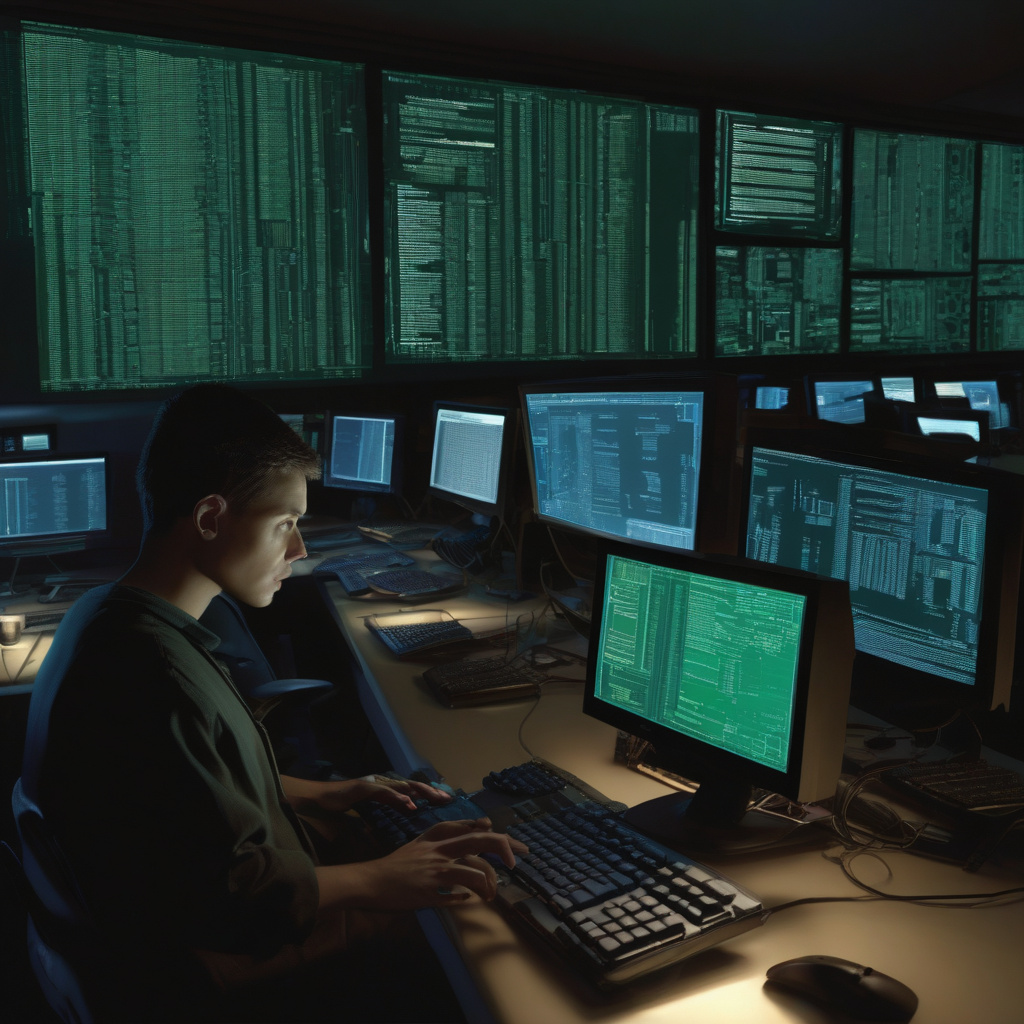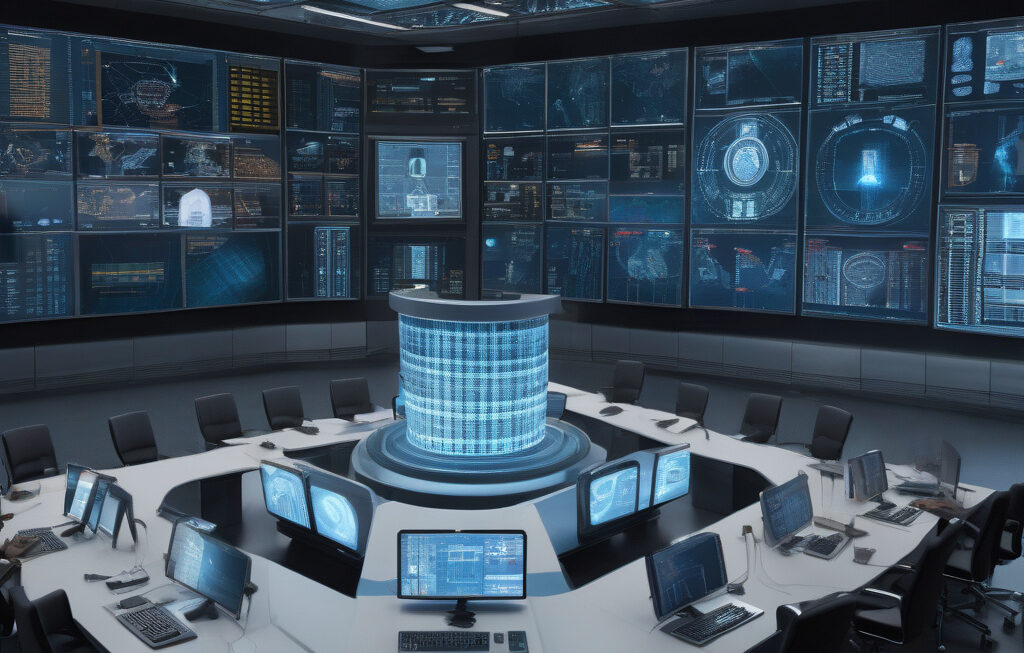Hackers Use Steganography to Evade Windows Defences
In the ever-evolving landscape of cybersecurity threats, hackers are constantly devising new techniques to bypass traditional security measures. One such method that has been gaining traction in recent years is steganography, the practice of hiding malicious code or data within seemingly innocuous files.
One of the most concerning trends in steganography-based attacks is the use of JPEG images to inject code into trusted applications like MS Paint. By embedding malicious code into the pixels of a JPEG image, hackers can evade detection by antivirus programs and other security software that typically scan for known malware signatures. Once the infected image is opened in a program like MS Paint, the hidden code is executed, giving hackers a backdoor into the victim’s system.
This technique is particularly insidious because it exploits the trust that users place in legitimate applications. Most people would not think twice about opening a JPEG image in MS Paint, assuming that it poses no threat to their system. However, by leveraging steganography, hackers can turn an innocent-looking image file into a vehicle for delivering malware.
To make matters worse, steganography-based attacks are notoriously difficult to detect. Because the malicious code is hidden within the pixels of an image file, it is virtually indistinguishable from legitimate data. This means that even advanced security tools may struggle to identify and block steganography-based threats, leaving users vulnerable to attack.
So, what can be done to defend against these stealthy attacks? One approach is to implement more robust security measures that go beyond traditional signature-based detection. Machine learning algorithms, for example, can be trained to recognize patterns and anomalies in data that may indicate the presence of hidden code.
Additionally, user awareness and education play a crucial role in preventing steganography-based attacks. By teaching users about the risks of opening files from unknown or untrusted sources, organizations can help mitigate the threat posed by malicious JPEG images.
Ultimately, the rise of steganography in cyber attacks serves as a sobering reminder of the need for constant vigilance in the face of evolving threats. As hackers continue to innovate and find new ways to evade detection, it is up to individuals and organizations to stay one step ahead and protect themselves against these insidious techniques.
cybersecurity, steganography, JPEG attacks, Windows defence, MS Paint












